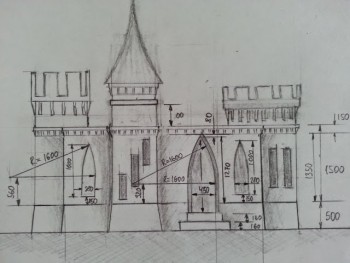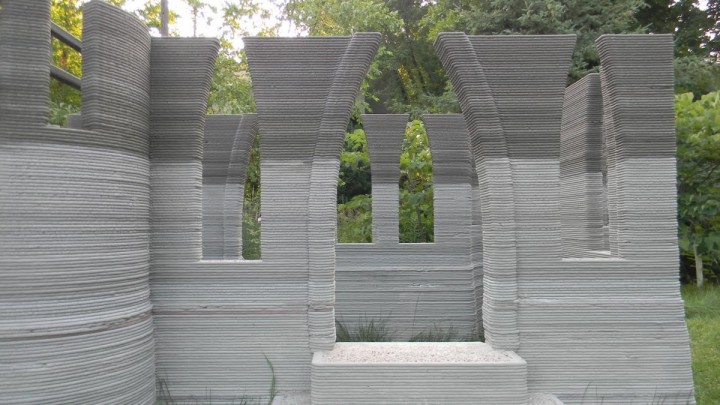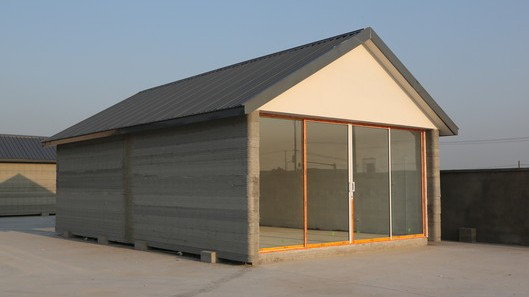Our website uses cookies and similar technologies to provide you with a better service while searching or placing an order and for analytical purposes.
By clicking the Allow Cookies button, you are informing OBAS UK Ltd that you agree to the use of these cookies as detailed in our
Privacy Policy.
3D Printed Castle: Is 3D printing of houses closer than we think?
We all know that one day 3D printing is going to completely revolutionise the construction industry and with a building contractor from Minnesota creating a concrete castle in his own back garden, with a 3D printer he invented himself, are we closer to that eventuality than we realise?
 As a test, Andrey Rudenko has printed a small single level concrete playhouse in the shape of a castle. He expects to now proceed to build a bigger 2 storey version making the property bigger than the houses recently 3D printed in China.
As a test, Andrey Rudenko has printed a small single level concrete playhouse in the shape of a castle. He expects to now proceed to build a bigger 2 storey version making the property bigger than the houses recently 3D printed in China.
Rudenko created a 3D printer which enables him to build up 20mm x 5mm layers of a mixture of cement and sand which has such a high viscosity he believes it will serve adequately as walls, whereas previous 3D printed walls have required wet-trade finishing due to jagged edges.
The “castle” is big enough for an adult to walk into with around half a metre of wall taking about 8 hours to print.
 Of his method and printer, Rudenko said: "I still have some imperfections, mostly when I stop the printer, but if I print nonstop, the layers look great. From the current progress, I can already see that I am ready for the next step, which is printing a house with this technology.”
Of his method and printer, Rudenko said: "I still have some imperfections, mostly when I stop the printer, but if I print nonstop, the layers look great. From the current progress, I can already see that I am ready for the next step, which is printing a house with this technology.”
The race to produce a 3D printer that can print fully habitable homes remains ongoing however; it would appear we’re getting closer to the finishing line. This news is one in a string of announcements which also sees Slovenian firm BetAbram planning to release a 3D printer that can print a house next month and Italian company WAS Project who have announced they are close to realising their aim of bringing affordable housing to developing nations using 3D printing and mud based technology.
 3D printing as a technology is rapidly developing and it’s something we in the construction industry need to be very aware of. With this announcement following on from the Chinese projects to 3D print houses, we should be aware this technology could be the most disruptive technology for the global economic model since the introduction of steam engines, and it seems likely the construction industry is going to be one of the first industries to feel the benefits and the pain of that change.
3D printing as a technology is rapidly developing and it’s something we in the construction industry need to be very aware of. With this announcement following on from the Chinese projects to 3D print houses, we should be aware this technology could be the most disruptive technology for the global economic model since the introduction of steam engines, and it seems likely the construction industry is going to be one of the first industries to feel the benefits and the pain of that change.


